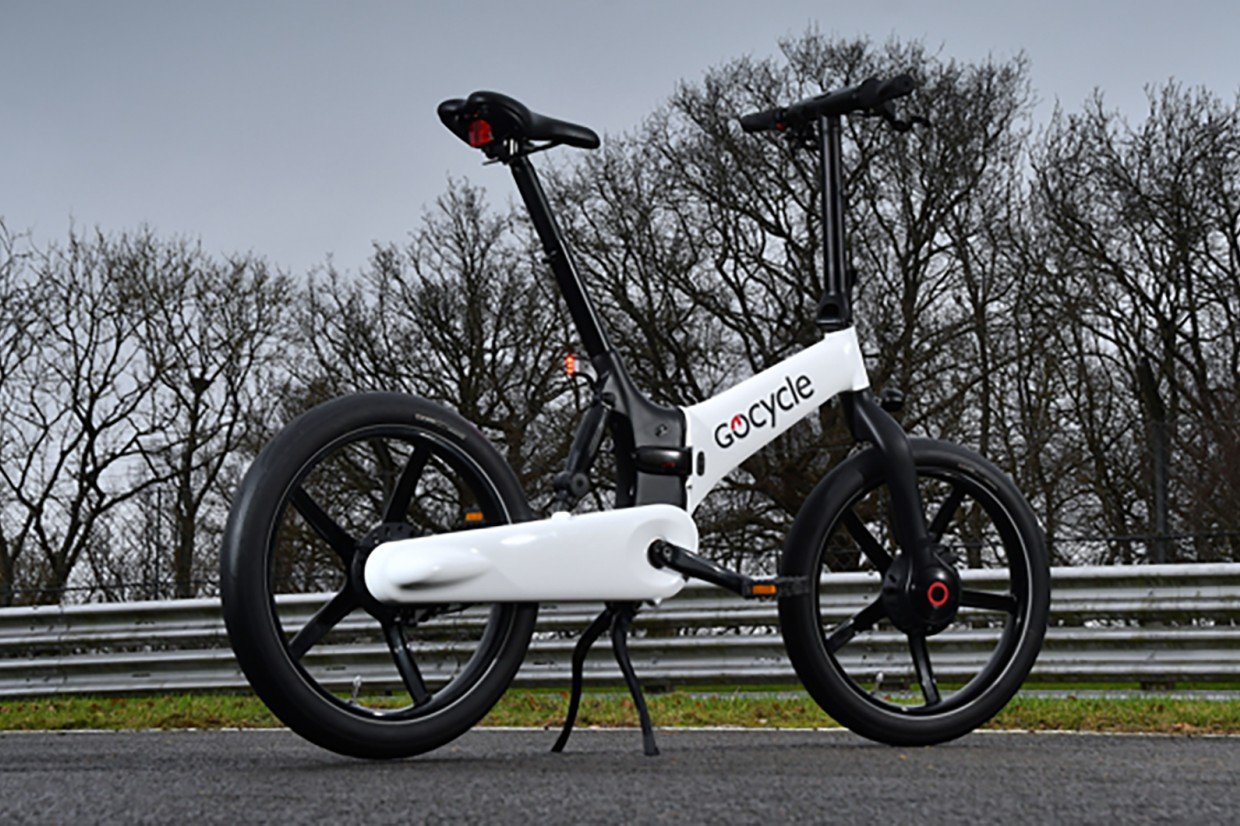Imagine finishing your work on a Thursday and knowing you have a three-day weekend ahead, every single week. This isn’t a fantasy. A major new study published in the journal Nature Human Behaviour confirms that a four-day work week significantly boosts people’s wellbeing without hurting company productivity.
Researchers from Boston College tracked four key metrics—burnout, job satisfaction, and physical and mental health—across 141 companies in the US, UK, Australia, Canada, Ireland, and New Zealand.
Not only were employees happier, but companies also reaped benefits in productivity and revenue. An overwhelming 90% of the companies involved chose to continue the four-day week model permanently after the trial ended. This adds to a growing body of research confirming that shorter work weeks lead to better health, improved work-life balance, and greater overall life satisfaction.
So, if the health benefits are so clear, what’s stopping the world from making the switch?
The Culture of Overwork
In many parts of the world, long hours are still a badge of honor. China is famous for its “996” culture (9 am to 9 pm, six days a week). In India’s booming tech and finance sectors, employees often face intense pressure to work long, irregular hours to meet global demands.
“Countries like China, India, the US, and the UK tend to view long working hours as a symbol of prestige,” says Professor Fan.
In Japan, unpaid overtime is so common there’s even a word for death by overwork: karoshi. “A job in Japan isn’t just a job—it’s a social custom,” explains Hiroshi Ono, an expert on Japanese labor markets. People often stay late just to be seen, a practice known as “presenteeism.” There’s also strong social stigma against those who take advantage of benefits, like paternity leave, for fear of inconveniencing their colleagues.
A Shift in Mindset is Already Happening
Despite these deep-rooted cultures, the success of pilot programs is beginning to change minds. In Iceland, roughly 90% of the workforce now operates on fewer hours or has the right to shorten their workweek. Trials have been completed or are underway in countries from South Africa and Brazil to France and Spain.
This year, the Tokyo government began officially implementing a four-day work week for its employees. Dubai launched a similar summer schedule for its public sector, and South Korea will begin a 4.5-day work week trial at 67 companies starting in October 2025.
The COVID-19 pandemic was a major catalyst. “It made more people realize that their job and their life were out of balance,” says Karen Lowe, co-founder of 4 Day Week Global, an organization that helps companies trial the model. “You can’t undo that trend.”
Proven Success in Unlikely Places
One of the biggest success stories comes from a 250-person police department in Golden, Colorado. After moving to a four-day week, the department saw overtime costs drop by 80% and resignations cut in half. “If it can work for a police department that has to respond to emergencies… it can work anywhere,” Lowe states.
A common misconception is that a shorter week means less productivity. In fact, the opposite is often true. In 2019, Microsoft Japan tested a four-day week and saw a 40% jump in sales per employee. The key, as Professor Fan’s study found, is that companies become more efficient by cutting low-value tasks like unnecessary meetings and constant messaging.
“It’s not about squeezing five days of work into four—it’s about cutting the waste,” says Lowe.
A Lifeline for Wellbeing
For Charl Davids, who directs a university counseling centre in Cape Town, South Africa, the shift was a lifeline. His team of 56 provides mental health support to over 30,000 students and was suffering from severe burnout.
Despite some internal skepticism, he launched a pilot. The results were stunning. Sick days plummeted from 51 in the year before the trial to just four in the six months after. Staff reported better sleep, more time for exercise and family, and a dramatic improvement in their mental health. This, in turn, allowed them to provide better care to students.
“Staff worked with more focus and a better understanding of others. That translated into better care for our students,” Davids says.
Is It a One-Size-Fits-All Solution?
The short answer is no. The model is harder to implement in sectors reliant on physical labor or in informal economies. “They’re not even close to the conversation about work flexibility,” notes Karen Lowe.
However, Professor Fan’s study did include companies in construction, manufacturing, and hospitality, some of which reported successful outcomes. “While it can work successfully across different industries, I’m hesitant to present the four-day week as a cure-all,” she says. “It’s not a one-size-fits-all solution.”
The Future is Flexible
The biggest force driving this change is the younger generation. A 2025 global survey found that, for the first time, work-life balance has overtaken salary as the top priority for employees.
From “quiet quitting” to movements in China rejecting the “996” culture, young workers are demanding a different relationship with work. In Japan, Hiroshi Ono is already observing a shift. “Thirty percent of Japanese men are now taking paternity leave—that number was close to zero before,” he says. “It shows people are prioritizing their wellbeing.”
Karen Lowe agrees, believing a cultural shift is building. “For the first time, employees are really starting to push back. The younger they are, the more they are demanding change.” She predicts that after the COVID-19 pandemic reshaped work, the next great revolution will be the four-day work week.


















